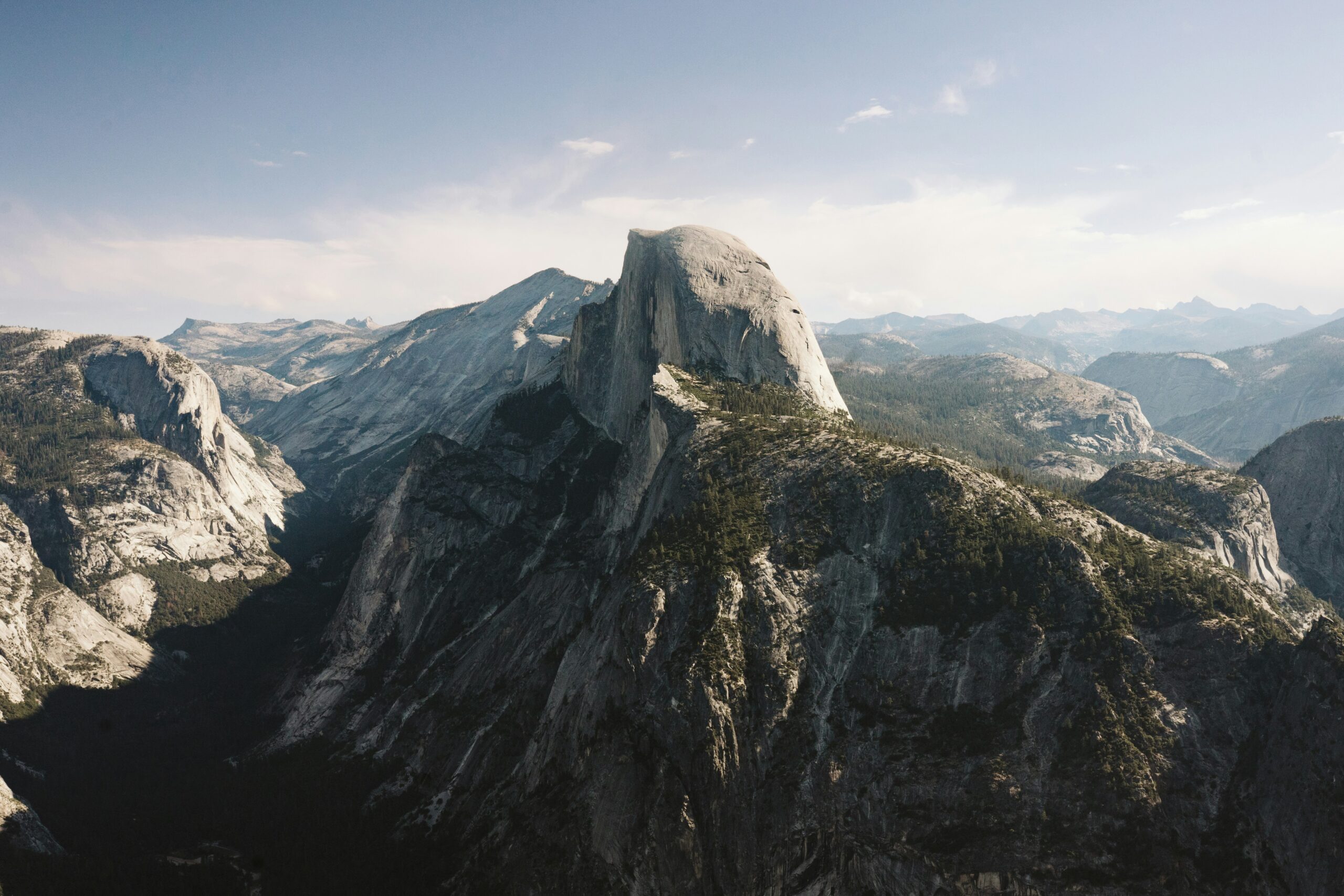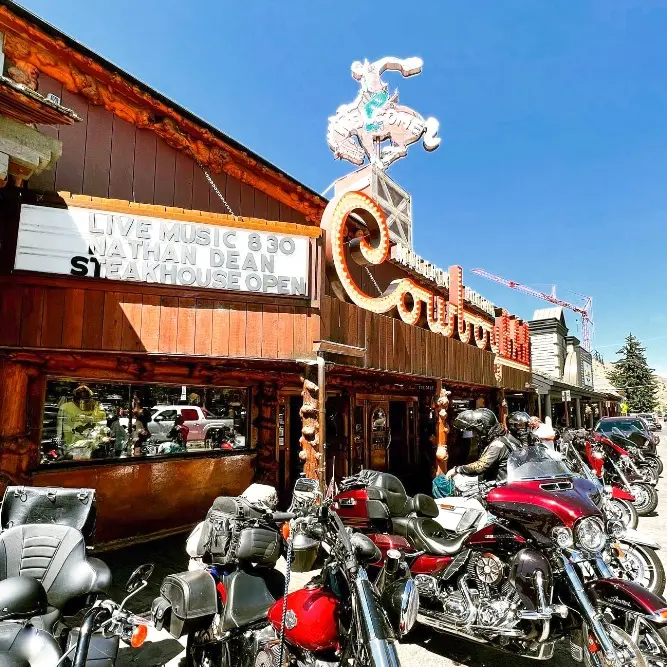Enjoying the Great Outdoors also means encountering wildlife. Seeing animals in their natural environment can be beautiful (deer) or frightening (bear). Either way, keeping safe should always be your number one goal.
To help you be prepared for potential animal encounters, check out our top tips for staying safe while exploring.
1. Carry Bear Spray
This easy-to-carry essential tops our list of tips for staying safe while exploring. Bear spray has actually been proven even aggressive bears, with a 92% success rate. The red pepper spray inflames the bear’s eyes and respiratory system, driving them away. Keep it within easy reach when you’re heading into Bear Country.
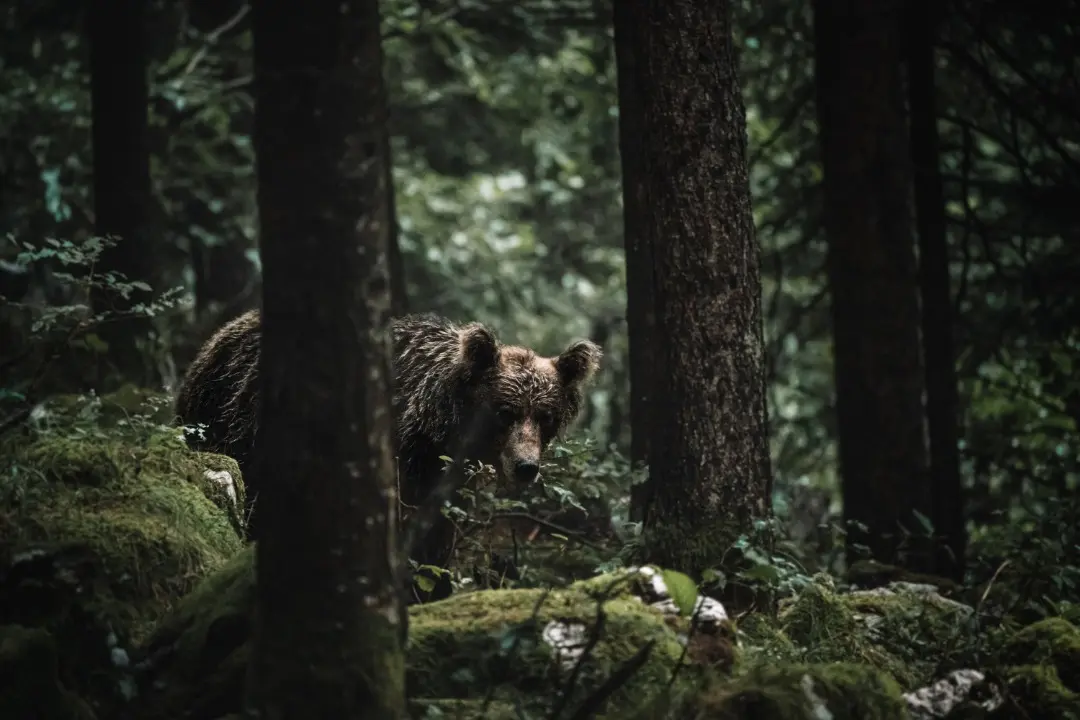
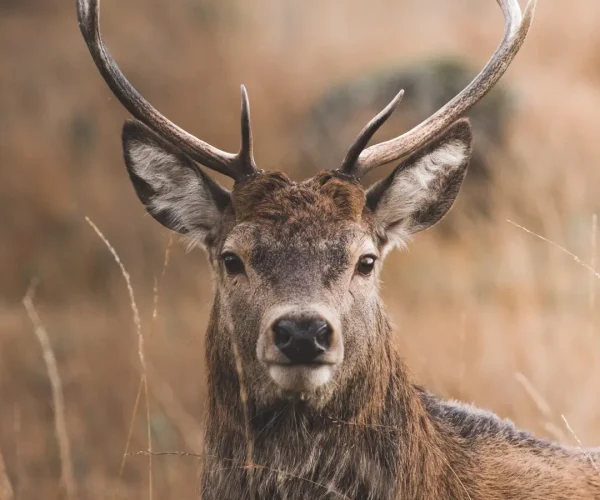
2. Don't Feed the Wildlife
This one’s a hard-and-fast rule for keeping both you and the animals safe. Never feed the wildlife you encounter, regardless of how harmless or hungry they look. Animals act on instinct, and if they want more food, it can result in anything from a nip to an-out attack.
Plus, animals aren’t meant to eat human food, so it could make them sick or even kill them. If it doesn’t, it could give them an appetite for it, leading to future attacks on campsites as they search for more of what you’ve fed them.
3. Don't Touch Animals
Avoid touching any animals, ever. Wildlife typically doesn’t enjoy being handled. Even the cutest and most cuddly-looking of animals can respond by striking out. And if they have a parent nearby, the situation can turn ugly quite quickly.

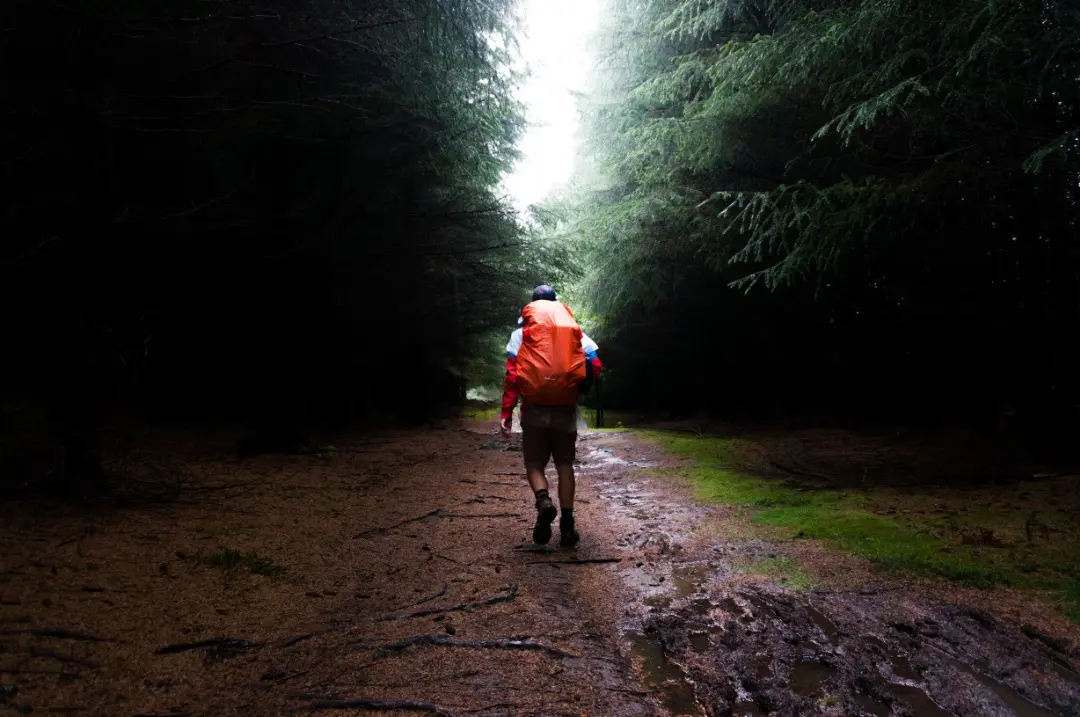
4. Stay on the Trails
It may be tempting to stray into the woods, but if you want to stay safe you have to stay on the trail. Park rangers have chosen it for a good reason: it keeps you on the safe side of the wilderness. Trails are also where you encounter other hikers and explorers. If you go off the trail and anything should happen, it’ll be much more difficult for anyone to find you.
5. Stay Aware of Your Surroundings
One of the easiest-to-follow tips for staying safe while exploring is to keep your eyes and ears open. Observe your surroundings at all times. Look for paw prints or animal droppings, so you’ll have an idea of what wildlife you might encounter. This will help you avoid any unexpected animal encounters.

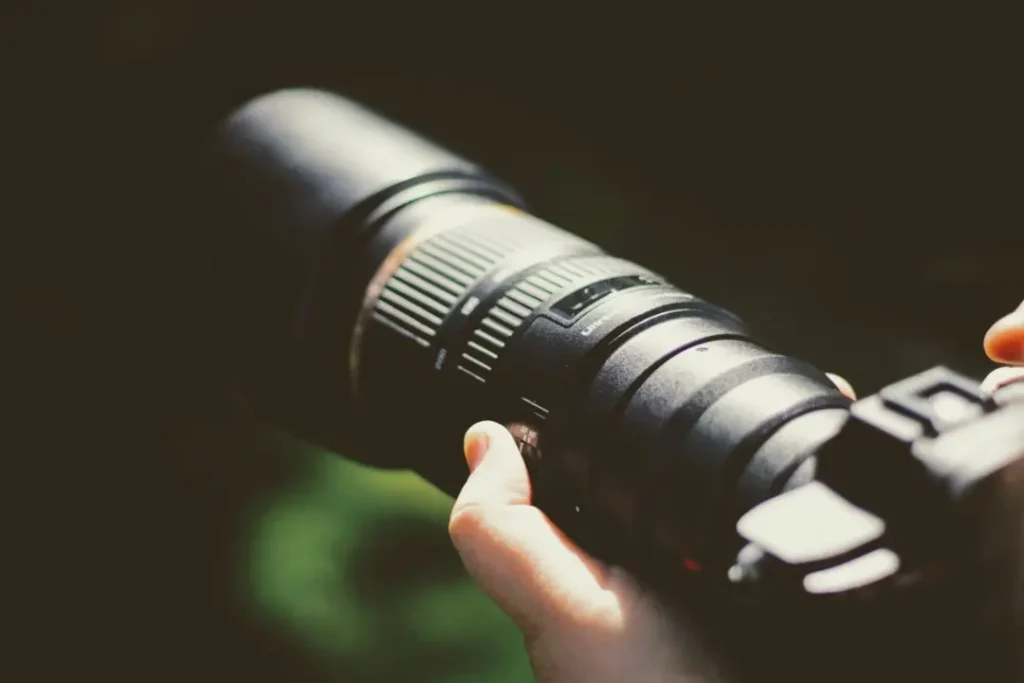
6. Invest in a Zoom Lens
When you come across wildlife, it’s tempting to get closer to capture them on film. Unfortunately, getting closer isn’t always safe. If you enjoy wildlife photography, a zoom lens is an excellent investment. You’ll get the pictures you want while keeping a safe distance between you.
That’s all there is to it! Enjoy your adventure, keep your distance and stay safe.
